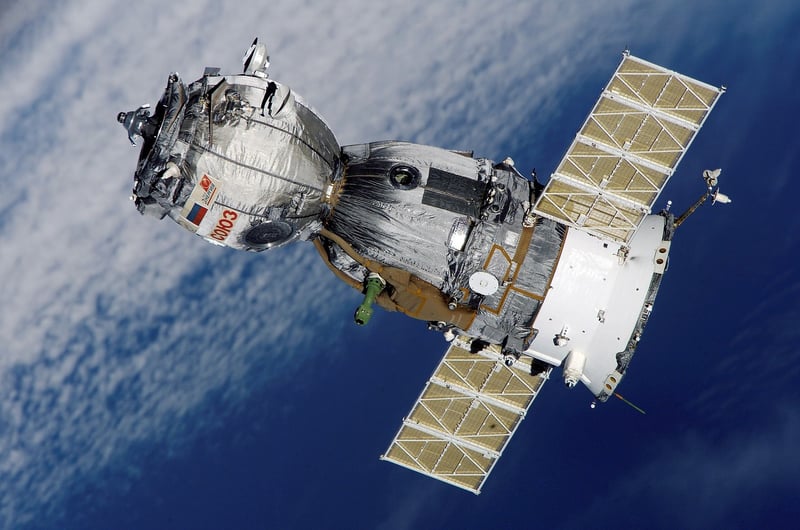Space Habitats
The Future of Space Exploration: Innovations for Interstellar Travel and Space Habitats
Interstellar Travel
Interstellar travel, the concept of traveling between stars, has long been a dream of humanity. With recent advancements in technology and research, this dream is slowly becoming a reality.
1. Breakthrough Propulsion Systems
Scientists are exploring revolutionary propulsion systems like nuclear fusion and antimatter engines that could potentially propel spacecraft at near-light speeds, significantly reducing travel time to distant stars.
2. Solar Sails
Solar sails utilize the pressure of sunlight to propel spacecraft, offering a cost-effective and sustainable method for interstellar travel. These sails could enable long-duration missions to explore neighboring star systems.
3. Wormholes and Warp Drives
Theoretical concepts like wormholes and warp drives, inspired by science fiction, are being studied by physicists to bend spacetime and create shortcuts through the vast expanse of space, potentially allowing for faster-than-light travel.
Space Habitats
As humans venture further into space, the need for sustainable and habitable space habitats becomes essential. These habitats will serve as living spaces for astronauts during long-duration missions and potentially for future colonization efforts.
1. O'Neill Cylinders
O'Neill Cylinders are massive rotating space habitats designed to simulate gravity through centrifugal force. These habitats could house thousands of people and support various ecosystems, offering a self-sustaining environment for long-term habitation.
2. Lunar and Martian Bases
Establishing bases on the Moon and Mars will serve as stepping stones for future space exploration. These bases could facilitate research, resource extraction, and serve as refueling stations for missions further into the solar system.
3. Bio-Domes and Hydroponic Gardens
Space habitats will incorporate bio-domes and hydroponic gardens to produce food and oxygen for inhabitants. These closed-loop systems will be crucial for sustaining life in the harsh environment of space.


Exciting advancements in interstellar travel and space habitats are paving the way for a future where humans may one day explore the depths of the cosmos and establish sustainable colonies beyond Earth.
For more information on space exploration innovations, visit NASA's Technology Page.
